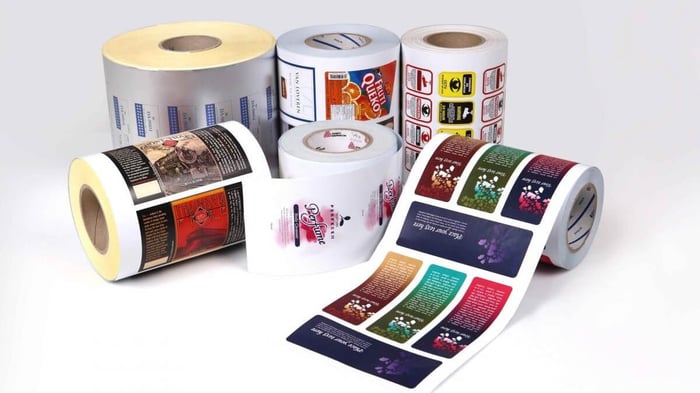So, you've perfected that mouthwatering recipe of yours, and you're eager to share it with the world – and maybe make a profit along the way. But where do you start? Setting up a flashy website and designing an eye-catching packaging is a start, but there's more to the business side of edibles. Let's break it down, step by step.
Getting Started
We all start somewhere, right? You might have begun with a love for cooking or baking, and now you're ready to transition that passion into a full-blown business. But there's a big leap from kitchen to customer, and we're here to guide you.
Legally Manufacturing Food & Drink Products
First things first: don't get caught on the wrong side of the law. Every state has its own set of rules when it comes to producing and selling food items. Familiarize yourself with them. Damian Roberti from The Brittle Box Candy Co. emphasizes the significance of these laws as they dictate not just the sale but also the production and even the venues for selling food.
Ever wondered if your delicious home-cooked items fall under the FDA's radar? They probably do. They oversee a range of items from dietary supplements to bottled water and even some veterinary products.

Here's a curious question: Is your kitchen a facility? This isn't a philosophical question. Depending on your state, you might not need to register as a facility if you're only selling within state lines. But venture beyond, and registration becomes a necessity.
Dive into your local health department's website. It's a treasure trove of information on food safety, inspections, and technical help. Plus, they'll have details on state-specific regulations to ensure you're FDA-compliant.
Here's some good news for beginners. Certain rules might not apply to you. Some states have Cottage Food Laws which are more lenient to home-based food creators. Ever heard of them? They can be a game-changer!
Labeling Food Products According to FDA Requirements
Let's tackle the elephant in the room: labeling. Get this wrong, and you risk having your products pulled off the shelves. So what must your label include?
Call it whatever you wish – "Nana's Delight" or "Sunday Special" – but the FDA needs the common name of the product too. For example, your special "Nana's Delight" might need to have 'chocolate chip cookies' listed too.
Quantity matters. It's essential for customers to know the exact weight or volume of what they're buying. Whether it's in ounces, grams, or milliliters, make it clear and bold.
You know that little table at the back of food products that we occasionally glance at to check our calorie intake? That's the nutrition facts panel. While it might seem daunting, several organizations can help you with it.
What goes into your product? List it all down, even the ingredients of the ingredients! And don't forget those allergens – they're super important.
Lastly, don't play hide and seek. Customers should know where the product comes from. List your business name and address prominently.
Check out our detailed article for all the details on FDA regulations for labeling.
Designing Your Food Label
Think of your label as the outfit for your product. What vibe are you aiming for? Retro, modern, organic? The design possibilities are limitless!
Imagine the excitement when your package arrives at a customer's doorstep. Make sure the contents inside are as exciting as the outside. Some foods need special care, like ice packs during summer.
Make your own custom food and beverage labels.
On the outside, make your package look professional. Avoid the cut-and-tape method and consider professional shipping labels, especially if you're dealing with fragile items like pretzel sticks.
Damian Roberti recommends two-day priority shipping. It's cost-effective and gets your product to the customer swiftly.

Wrapping Up
Starting a food business is a journey – from kitchen trials to understanding the nitty-gritty of FDA regulations. But with patience and attention to detail, you can smoothly transition from an amateur cook to a pro food seller. Ready to start shipping?






